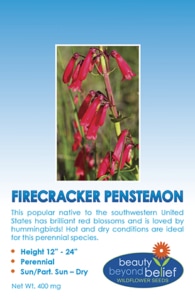Inviting Orioles for Summer Dining
Summer Harvest
by Sandy Swegel
This is the best time of the year. Summer Harvest is coming in strong. Cherry tomatoes and grilled marinated zucchini make wonderful summer suppers followed by fresh cherries and peaches. A bottle of cold Prosecco and French brie and a couple of friends make for lovely summer evenings. The only thing needed is the entertainment. Hummingbirds are a favorite to watch buzzing in as dusk falls. Mind you there is a garden full of flowers planted just for hummingbirds, but the little darlings are just like humans…who wants good healthy food when you can have dessert: some fresh sugar water in the colorful plastic feeder. We put the feeder quite close to the picnic table so we could see the hummers coming to feed. But last week there was a big surprise. Something had pecked out the cute little openings on the feeder and drained it dry. At first, I had unkind thoughts about the neighborhood squirrels, but then, the evening’s star performers appeared, a pair of bright orange Orioles. What a perfect accompaniment to dinner with friends.
Now everyone wanted their own Orioles. Turns out they’ve always lived here in the big cottonwood trees along creeks. But we learned what every midwesterner apparently knows. If you want Orioles, you put out orange pieces and grape jelly. The grape jelly is the guaranteed winner. We heard stories from Wisconsin cousins that they can’t even buy grape jelly in the store right now because everyone is buying it for the Orioles. Ahhh, our songbird overlords. But they are lovely dinner companions.
Enjoy the summer harvest and invite friends over. You’ve worked hard all season for this. Lean back and watch both human and avian friends dine on your deck! Life is good.
photo credit:
http://www.duncraft.com/Oriole-Fest-and-Orange-Swirl-Guard
Heirloom Vegetable Seeds
Wildflower Seeds
Wildflower Seed Mixes
Native Grass Seed


